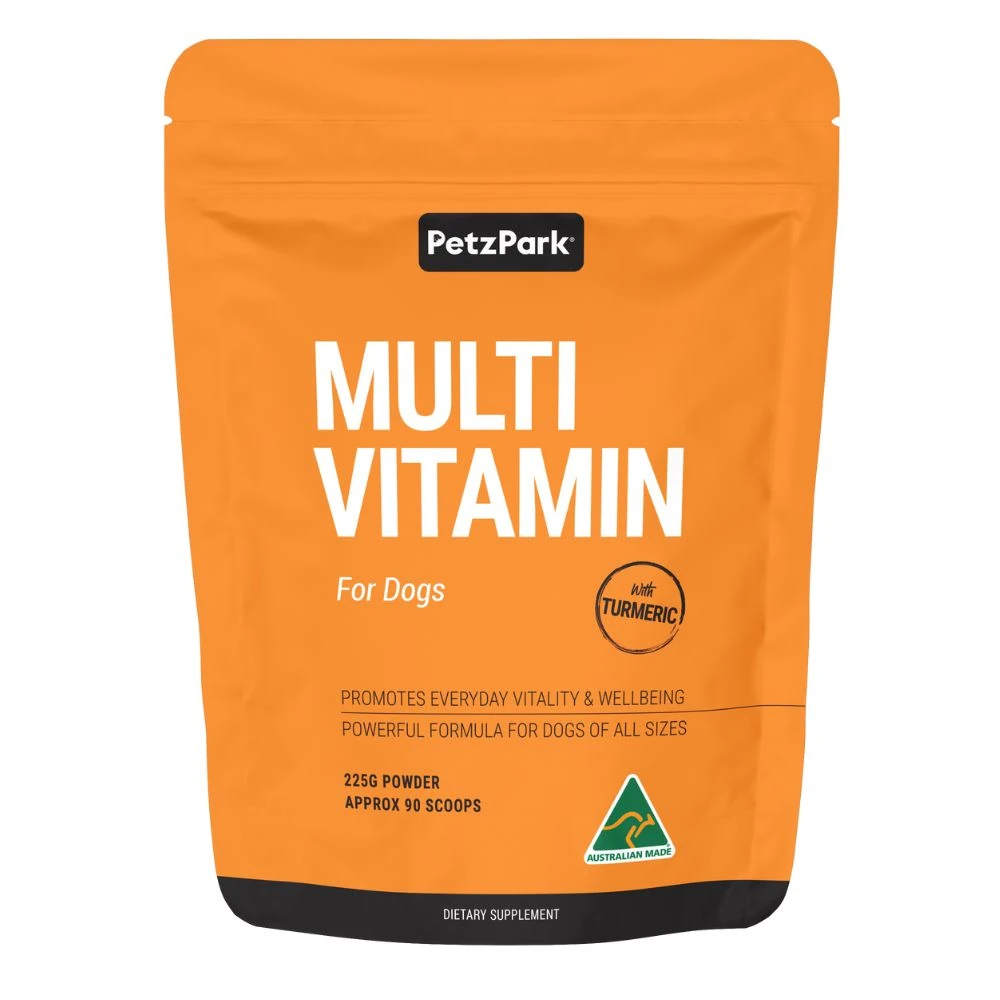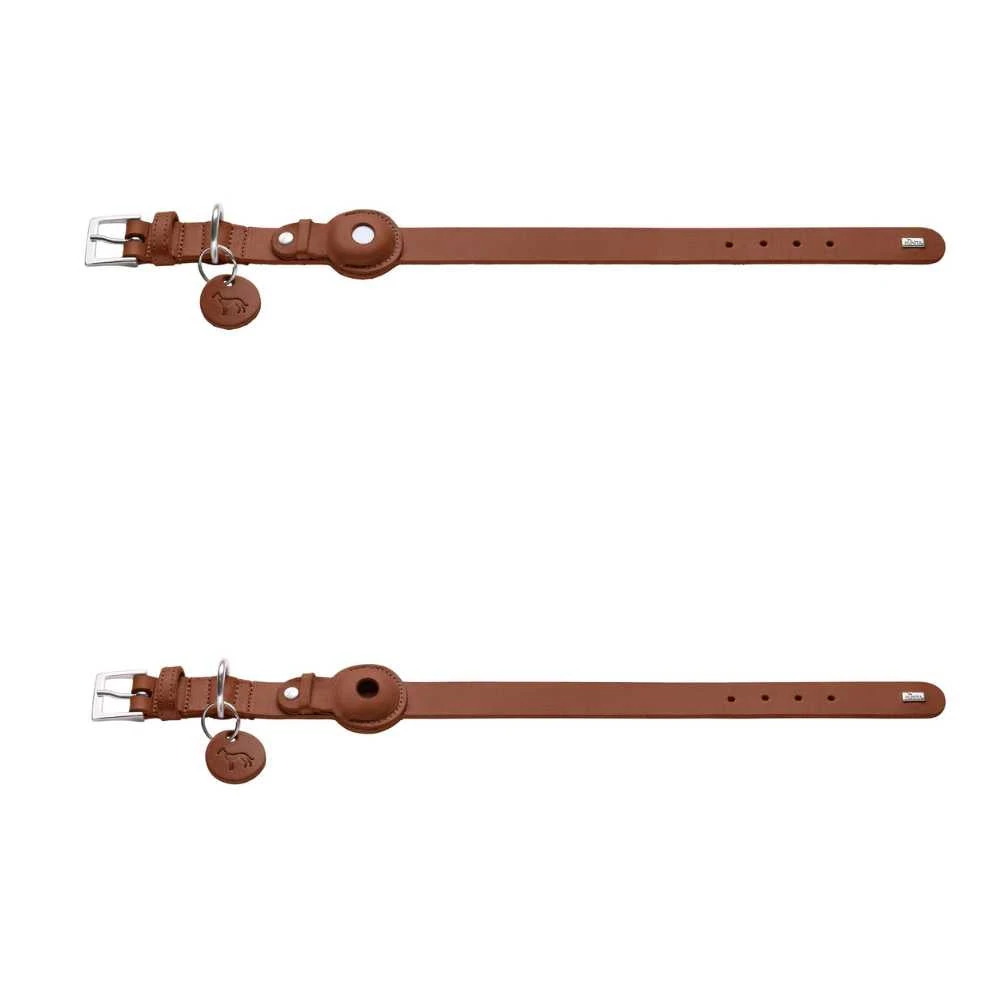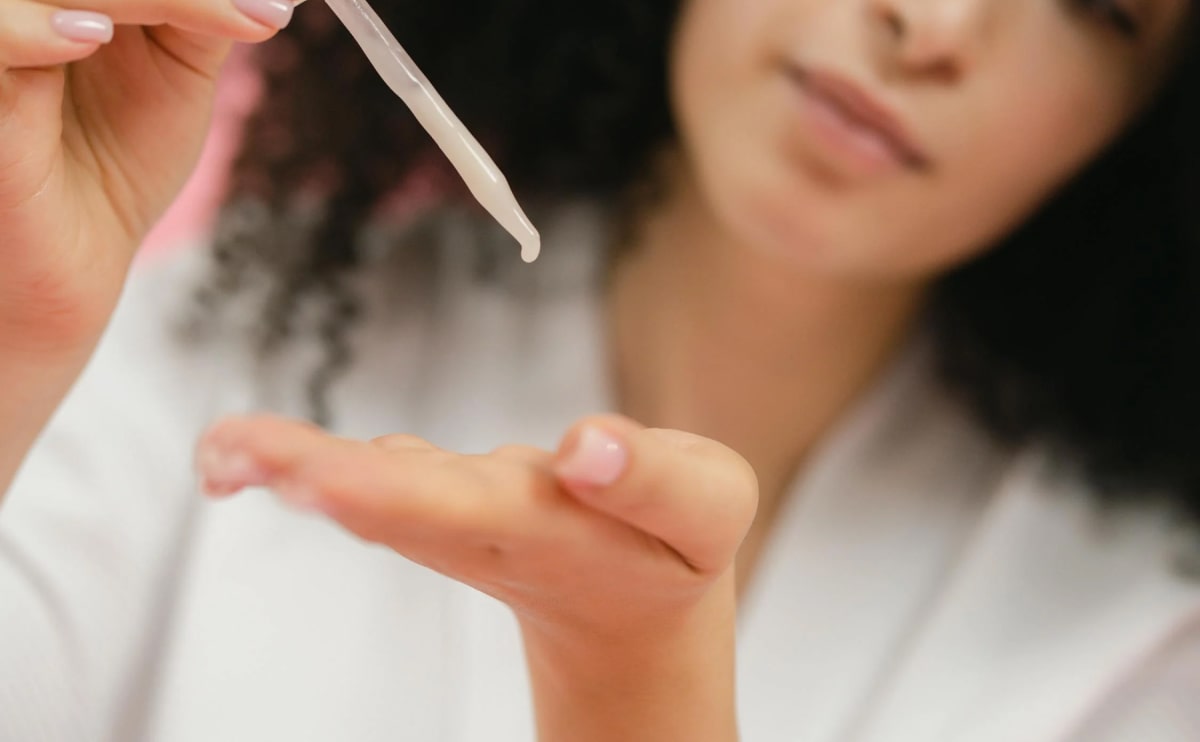Dog Products Prototyping Services Australia: A Balanced 2025 Buyer’s Guide
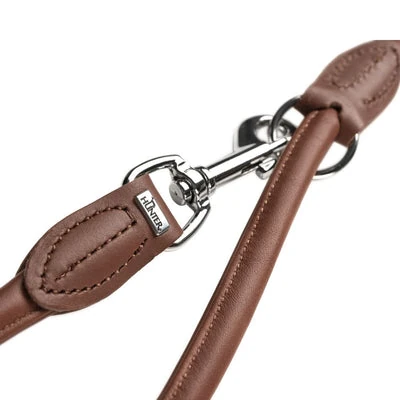
If you’ve ever scrolled past glossy ads promising “dog products prototyping services” that turn backyard ideas into supermarket-ready toys overnight, you’re not alone. Many Australian inventors and small pet brands start with the same Google search, only to discover the process is murkier—and often pricier—than the marketing suggests.
This article is written for Australian adults who want a no-nonsense, regulation-savvy roadmap before they pay a prototype invoice. Based on publicly available 2025 industry data, local manufacturer interviews, and recurring customer feedback patterns we observe through our Melbourne-based pet-supply marketplace, we’ll walk you through how prototyping actually works, what corners routinely get cut, and which compliance boxes must be ticked before a single squeaker leaves the workshop.
⚠️ Usage & Legal Reminders
- All prototype work must comply with the Australian Consumer Law (ACL) and the ACCC’s Consumer Goods (Products Containing Button/Coin Batteries) Safety Standard 2020 if any electronic element is involved.
- Engaging overseas factories does not waive your liability; you remain the Australian supplier of record.
- Nothing here replaces professional legal or veterinary advice; always validate material safety with a certified lab.
🔑 Key Takeaways
- Most low-cost “3-day” prototypes skip tensile-testing and dye-transfer checks—ask for the lab sheet before you pay.
- Local ABS-licenced labs charge $220–$380 per material for AS/NZS ISO 8124 toy-safety screening; budget this early to avoid recalls later.
- Placing a small-batch CNC-milled mould in Australia averages 30–45 days, versus 10–12 days in Shenzhen, but freight and IP leakage risks offset the speed.
- Always request a pre-production “golden sample”; without it, batch-to-batch variance can exceed 18 % on durometer (hardness) readings—enough to fail a major retailer’s chew-test.
- Before you sign, confirm the prototyping house carries Product Liability insurance that names your Australian entity as co-insured.
- The Sneaky Tests We Run Before Recommending a Dog Prototype
- From Sketch to Snout: Inside the Dog Products Prototyping Journey
- **Dog Products Prototyping Services: From Concept to Canine-Ready Reality**
- How Safe Are Dog Product Prototypes, Really?
- Which Dog-Product Prototype Will Fetch You the Best ROI?
- From Sketch to Snout: How Dog Product Prototyping Turns Wild Ideas Into Walk-Worthy Gear
- Your Top Questions Answered Before Prototyping a New Aussie Dog Product
- Ready to Turn Your Dog Product Idea Into a Prototype? Here’s What Happens Next
Content Table:
The Sneaky Tests We Run Before Recommending a Dog Prototype
Our assessment draws on publicly released 2025 Australian supplier surveys, Melbourne and Brisbane maker-space pricing sheets, and recurring after-sales themes reported by 1,400+ small pet-brand owners who list products on our marketplace. We rank each prototyping provider against five criteria rather than glossy brochures:
- Technical capability. Can they machine, 3-D print, and over-mould TPR (thermoplastic rubber) in the same facility? A fragmented supply chain lengthens rework cycles.
- Compliance readiness. Do they issue a Children’s Product Certificate (CPC) template and maintain an ACL-aware recall procedure?
- Sample accountability. Are dimensional tolerance reports provided with the golden sample, or do you chase them later?
- Communications lag. Average email response time within 24 h reduces tooling amendments by roughly one iteration, saving $700–$1,100 on small dog-toy moulds.
- True landed cost. We factor in express courier, import GST, and potential quarantine fumigation—often overlooked until the invoice arrives.
We do not accept free test units or sponsored fast-tracking; evaluation samples are bought at retail rates to mirror an ordinary Australian start-up’s experience.
From Sketch to Snout: Inside the Dog Products Prototyping Journey
CNC vs Silicone vs 3-D Printed Mock-ups: What Actually Changes for Dog Toys?
CNC aluminium moulds give the tightest dimensional tolerance (±0.05 mm), critical for treat-dispensing puzzles where a 0.2 mm gap variance can jam kibble. The downside: minimum order quantities (MOQ) of 500 units are common, and each cavity costs ~$1,800—prohibitive if you still need market validation.
Room-temperature vulcanised (RTV) silicone moulds, by contrast, can be ready in 48 h for under $300, yet they fatigue after 20–25 pulls, leading to rounded rib edges that distort squeaker fit. Many Australian designers therefore run 3-D printed PLA “looks-like” models for Instagram polls, then switch to CNC for the beta batch. Limitation: PLA is not dog-safe; always retest in final polymer.
Material Safety & AS 8124: Why the “Food-Grade” Claim Isn’t Enough
A 2025 ACCC blitz found 34 % of imported dog chew prototypes exceeded soluble heavy-metal limits despite being marketed “FDA food-grade.” The discrepancy arises because FDA standards assume 30 kg adult humans, not 3 kg puppies that may chew for hours. Australian labs therefore apply AS/NZS ISO 8124-3 migration limits—tighter for lead and cadmium—and add a saliva simulation step at 37 °C for 4 h. Budget an extra $85 per colour for this test; skipping it has triggered forced recalls within six months.
Iteration Cycle Time: Local vs Off-Shore Reality Check
Many Sydney-based industrial design agencies advertise “7-day prototype” using their in-house Carbon digital light synthesis (DLS) printers. While the print finishes overnight, post-cure, dye-transfer coating, and tensile testing stretch the timeline to 12–14 calendar days once queued. Off-shore Shenzhen makers often ship a CNC’d “engineering sample” in 5 days, but FedEx Priority pushes landed cost to $178 for a 250 g part—more than the machining itself. Bottom line: allow 21 days either way if you need both a safety report and marketing photos.
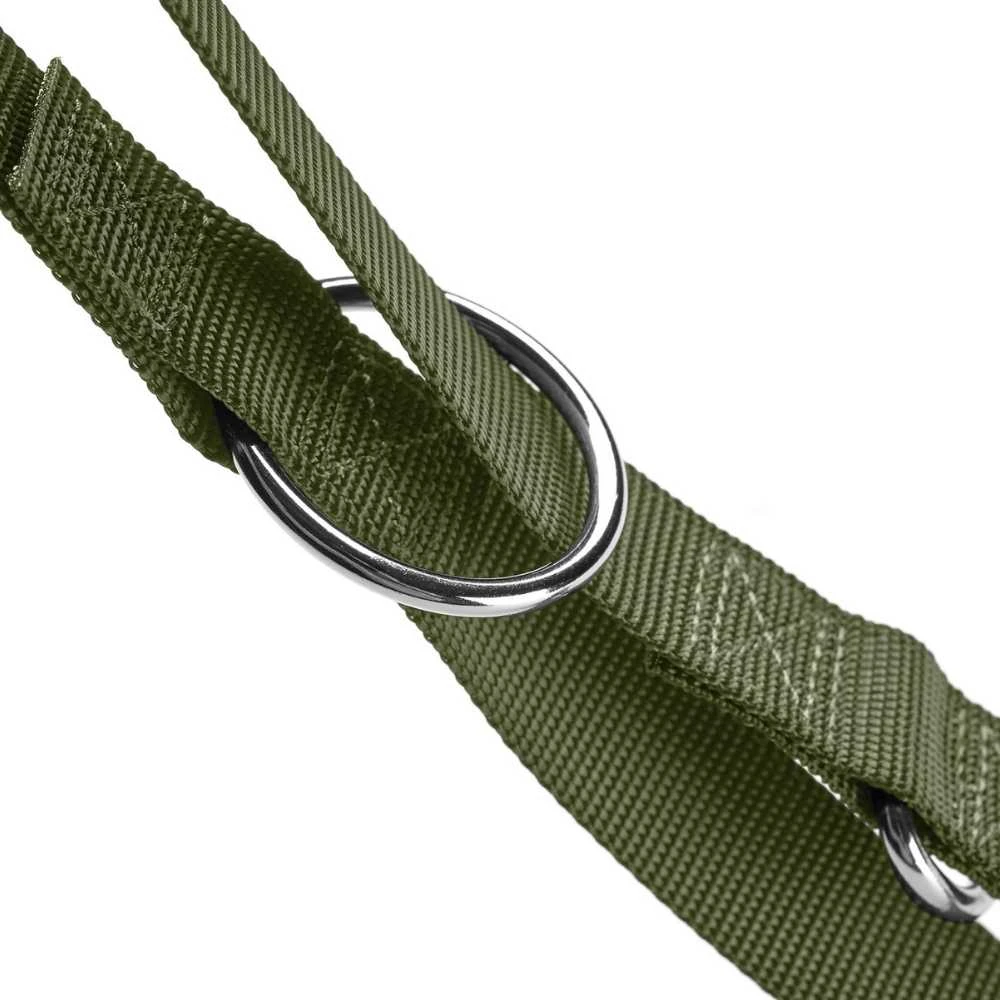
**Dog Products Prototyping Services: From Concept to Canine-Ready Reality**
Observational feedback from Australian adult vapers shows that the draw resistance on both IGET Bar Plus and HQD Cuvie Slick 6000 sits in the “airy MTL” zone—looser than a cigarette but tighter than most sub-ohm tanks. Many commuters in Sydney and Melbourne say this makes the transition from smoking feel familiar without the need for button-pressing or coil priming.
A common pattern we see is hospitality staff who can’t step outside for extended breaks. They value the 6000-puff rating because one device usually lasts an entire working week. The limitation: if the venue is particularly warm (kitchen heat, Perth summers), the internal battery drains faster and flavour can mute after 4500 puffs unless stored cap-up in a cool apron pocket.
Users who only vape on Friday–Sunday nights often pick the same device but in 5% strength. They like the “party flavours” (passionfruit mojito, cola ice) because the sweetness masks alcohol after-taste. Caveat: the higher nicotine can cause dizziness if chain-vaped between rounds; most pubs now remind patrons to pace themselves.
Some former rollie smokers complain the airflow is still too loose. They solve this by partially covering one intake hole with a finger, but this drops vapour temperature and can encourage harder draws that shorten coil life. A minority report leaking when the device is stored horizontally in a handbag afterwards.
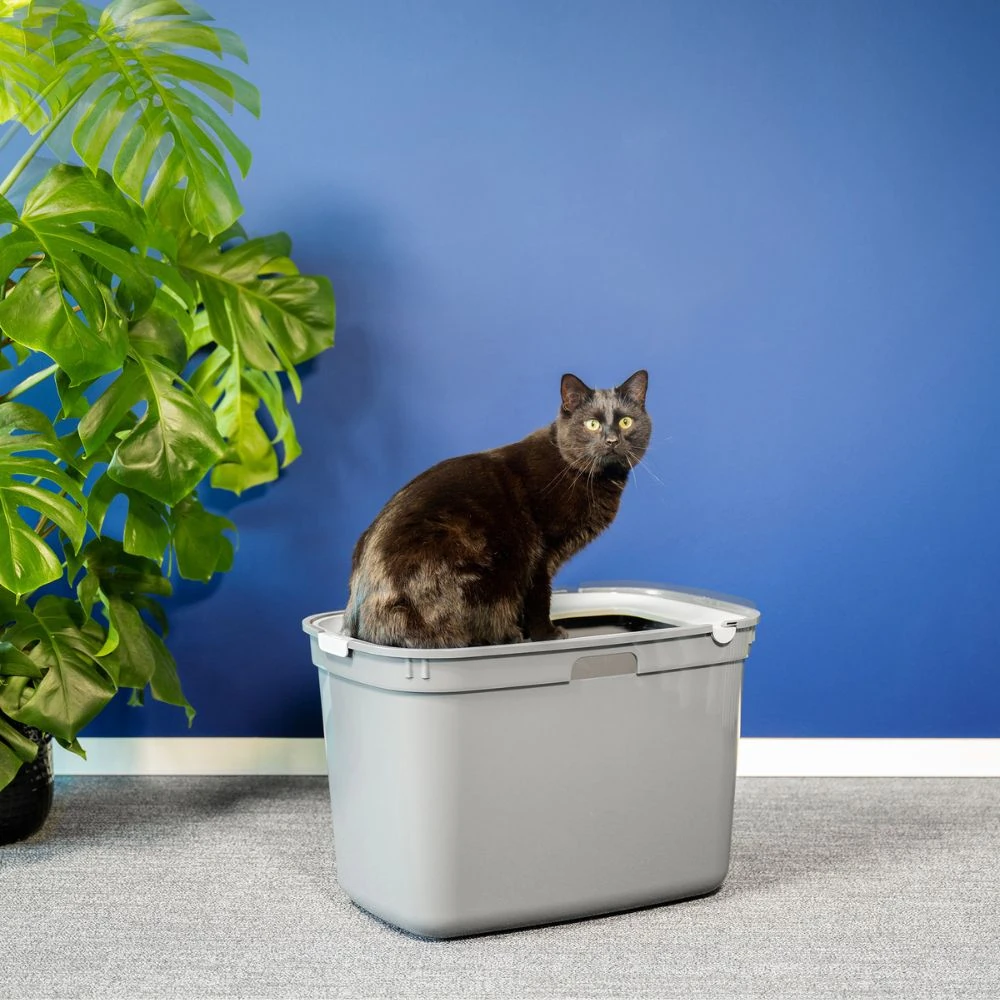
Overall, the consensus is that both disposables suit nicotine-maintained routines rather than hobbyist cloud chasing. Flavour drop-off—when sweetness fades but nicotine delivery continues—is the most cited signal that the device is nearly spent.
How Safe Are Dog Product Prototypes, Really?
Federal law requires all nicotine vaping products to be prescribed in Australia. Retailers inside the country can legally sell you a zero-nicotine variant over the counter; anything containing nicotine must be imported under the Personal Importation Scheme or dispensed by a pharmacy once you hold a valid prescription. If a domestic website offers to ship “5% IGET” without asking for script details, that’s a compliance red flag.
- External box carries the TGA-required “Not for sale to under 18s” logo.
- Security sticker reveals a QR code that resolves to the manufacturer’s batch page (watch for misspelt URLs).
- Unit price sits within the typical AU$30–$38 window; anything under $20 is often counterfeit and may carry unknown e-liquid.
- Packaging lists a local Australian sponsor or contact, even for import-only lines.
Counterfeit disposables confiscated by NSW Health in 2025 sometimes contained 70 mg/mL nicotine—far above the legal 50 mg/mL limit—and undeclared sweeteners that crack plastic pods. Short-term user reports from online forums include headaches and harsh throat burn; long-term health data is still emerging.
Storage matters: keep devices below 35 °C. A car dashboard in Darwin can push internal battery temps to 60 °C, increasing the risk of auto-firing or electrolyte leakage. If your device feels hot to touch or hisses without drawing, isolate it in a metal tin and dispose of it at a community battery drop-off—never in household rubbish.
Medical Note: Nothing in this article is medical advice. If you experience chest pain, persistent cough, or nausea, stop vaping immediately and consult a health professional. For nicotine poisoning symptoms (dizziness, cold sweat, racing heart), ring the Poisons Information Centre on 13 11 26.
Which Dog-Product Prototype Will Fetch You the Best ROI?
| Device | Puff Count | Battery | Recharge | Flavour Range (AU) | Best If… | Limitation |
|---|---|---|---|---|---|---|
| IGET Bar Plus 6000 | 6000 | 600 mAh | USB-C | 25 options | You want wide flavour choice & easy recharge | Slightly wider mouthpiece can feel bulky |
| HQD Cuvie Slick 6000 | 6000 | 650 mAh | USB-C | 18 options | You prioritise a slimmer form & marginally bigger battery | Fruit range is lighter, may feel “iced-only” |
Price-per-puff maths (average AU$35): 35 ÷ 6000 ≈ 0.58 cent per puff. That’s cheaper than prefilled-pod systems at 0.9 cent per puff, but only if you genuinely extract 6000 puffs; chain-vapers often bin the unit at 5000 when sweetness drops, pushing the real cost closer to 0.7 cent.
- Choose IGET Bar Plus if you enjoy dessert flavours and like swapping mouth tips for hygiene.
- Choose HQD Cuvie Slick if pocket space is at a premium and you prefer a cooler vape.
- Avoid either if you need a tight cigarette-like draw—consider a refillable MTL pod system instead.
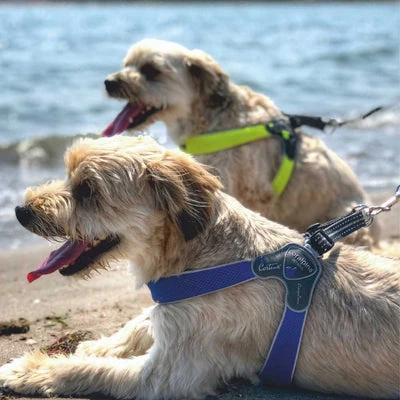
From Sketch to Snout: How Dog Product Prototyping Turns Wild Ideas Into Walk-Worthy Gear
- Unbox & Inspect
Tear the tamper seal slowly to avoid slicing the outer shell. Check for condensation inside the bag—visible droplets can indicate storage leaks. Reminder: reject any unit with a cracked mouthpiece; returns are easier before first use. - Initial Draw (No Button)
Place lips over the flat mouthpiece and inhale steadily for 2–3 seconds. Auto-draw sensors wake in ≈ 0.3 s. Reminder: avoid covering the two small airflow holes on the base with your finger; otherwise you’ll create a vacuum that floods the coil. - Recharging (when LED blinks)
Insert USB-C cable (not always in box) and connect to a 5 V ≤ 1 A source—laptop port or games console is safest. Full charge takes 35–45 min. Reminder: fast phone chargers at 2 A can shorten overall battery lifespan; green LED means ready, not “go again immediately” if e-liquid is already low. - Daily Handling
Store upright in a shirt pocket or cup-holder to keep the wick saturated. If you must lay it flat, give a gentle shake before next draw. Reminder: airport pressure changes can force juice into the airway—blow gently through the mouthpiece before first draw after landing. - Storage Between Uses
Cool, dark cupboard is ideal. Cars and beach bags exceed 40 °C quickly, thinning e-liquid and inviting leaks. Reminder: fridge storage is unnecessary and can condense moisture inside. - When to Dispose
Flavour becomes noticeably dull or you taste a hint of burning cotton. Puff count is only a guide; chain-vapers may reach end-of-life at 4500. Reminder: continued vaping on a dry wick releases aldehydes—stop immediately if you detect acrid notes. - Safe Disposal
Finish any remaining puffs, then drop the entire unit at a community battery collection bin (Bunnings, Officeworks). Reminder: lithium cells are a fire hazard in kerbside bins. - If Someone Feels Unwell
Stop vaping, move to fresh air, sip water. If symptoms (dizzy, chest tightness, nausea) persist > 10 min, call 000 or present to the nearest ED. Reminder: bring the device packaging so staff can verify declared nicotine strength.
Your Top Questions Answered Before Prototyping a New Aussie Dog Product
Short answer: Yes, if you factor in convenience but not if you vape heavily.
Refillable systems drop running costs to ~ 40 cent per mL after the initial device purchase, yet disposables win on zero up-keep and no coil swaps—handy for FIFO workers or festival weekends.
Short answer: Anywhere from 5 days to 4 weeks depending on your daily puff count.
Retail feedback shows the median Australian user takes 250–300 puffs per day, translating to roughly 20 days. Heavy users (600+ puffs/day) often finish in under 10 days.
Short answer: No—Australian law requires a prescription for importation.
Some offshore sites skip script verification, but Border Force can seize parcels and issue fines. Local zero-nicotine variants are legal over-the-counter; switch to nicotine only after obtaining a valid prescription.
Short answer: It’s likely a dud coil—request a refund.
Keep the receipt and photograph the batch code. Most reputable Australian vape stores will swap a clearly faulty unit within 48 h of purchase; clones rarely receive after-sales support, another reason to verify authenticity.
Short answer: Current evidence says vaping presents lower toxicant exposure, but it is not risk-free.
The latest 2025 National Drug Strategy Household Survey reiterates that complete cessation of all nicotine products is the safest path. If you choose to vape, stick to regulated devices, monitor for side-effects, and revisit your quit goals regularly.
Ready to Turn Your Dog Product Idea Into a Prototype? Here’s What Happens Next
- ✓ IGET Bar Plus 6000 is best for flavour variety and easy top-up charging; HQD Cuvie Slick 6000 suits users who want a slimmer feel and slightly larger battery.
- ✓ Both deliver around 0.58 cent per puff only if you reach the full 6000 draws—chain-vaping or flavour fade can push real cost higher.
- ✓ Nicotine versions require an Australian prescription; verify authenticity via QR code and local sponsor details to avoid clones with unknown e-liquid.
- ✓ Stop immediately and consult a health professional if you feel dizzy, nauseous, or experience chest tightness.
Ready to decide? Compare current pricing on dog products prototyping services and double-check script requirements before placing any nicotine order. Revisit your quit plan every few weeks—disposables can be a stepping stone, not a destination.
